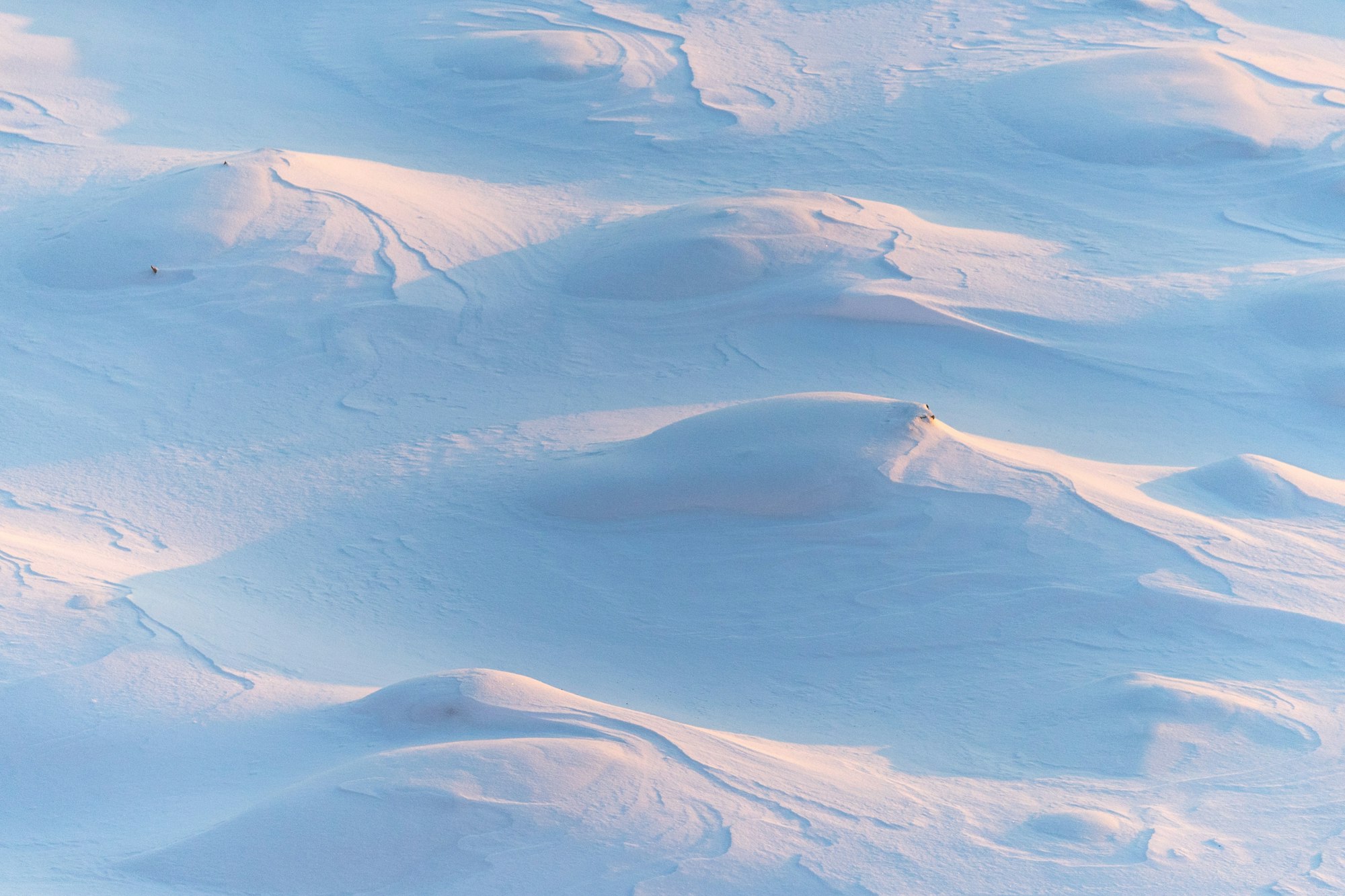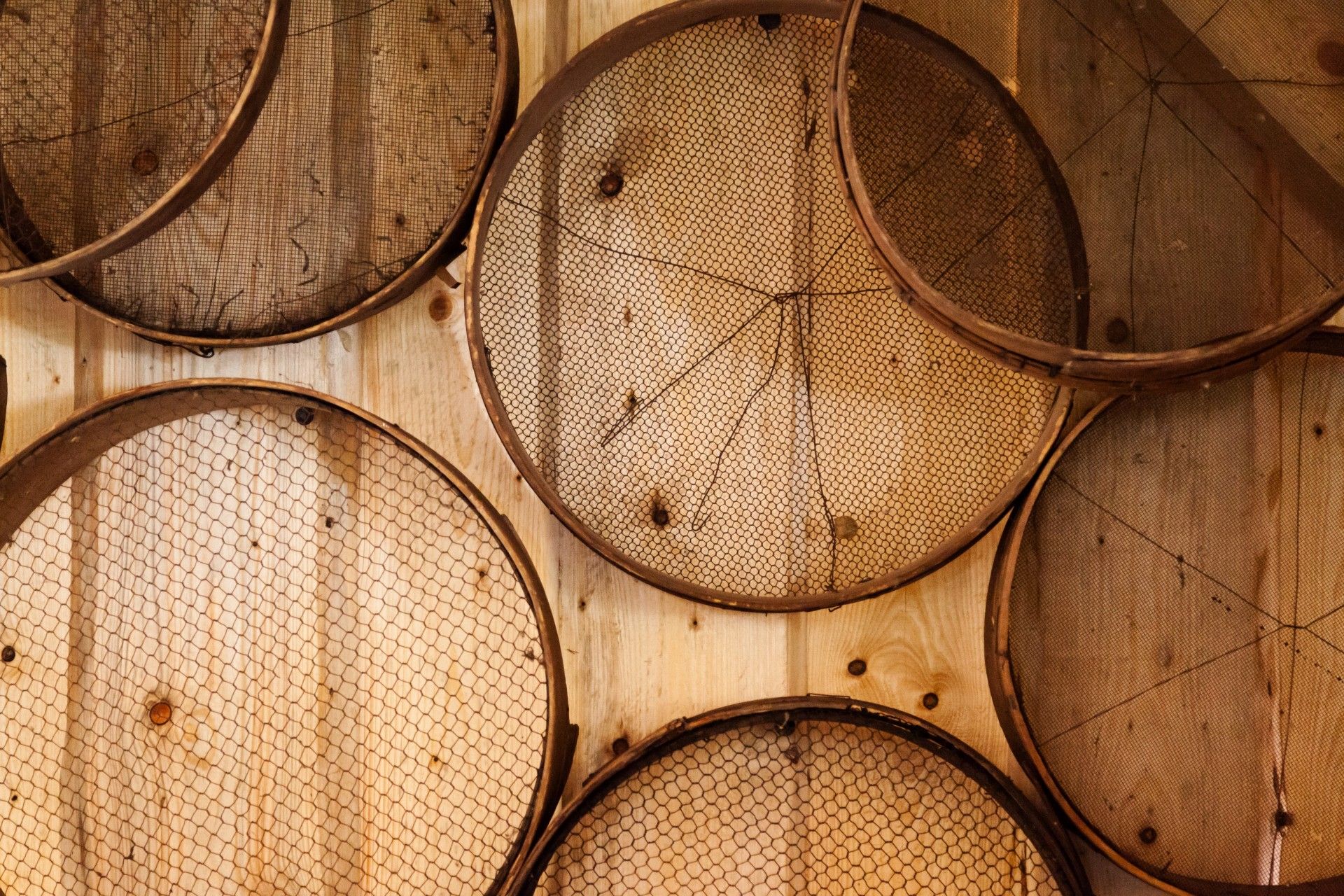IV: Sandstone
Whose naked butt stands guard at Bergheim's gate?

Good morning. Today is quartidi, the 14th of Nivôse, Year CCXXXI. We celebrate le grès, a soft and abundant sedimentary rock.
💡
The week of clastic stones continues. Last week and next week, we mainly deal with other rock types – organic, like coal, or chemical, like sulfur. But this week is pure rock time, with all the various ways weather can beat up silicon and other common granular elements (like, in this case, quartz and feldspar) to create a dense material. While you could theoretically find sulfur on other planets that exactly like sulfur here, and theoretically find coal just like ours anywhere carbon-based lifeforms fossilized, clastic rocks are unique products of the weather and atmosphere that created them. Sandstone is earthling stone, through and through.
The tiny hamlet of Bergheim in modern-day Germany has passed hands an uncountable number of times, and suffered bouts of horrific violence, but it still stands a testament to the stubborn and pugnacious values of a rebellious medieval town.
For starts, at the northern gate of the town — which dates back 600 years – there's a carving in pink sandstone of a man thumbing his nose and baring his ass at an unseen pursuer. This little carving, known as the "Lack'mi," tells you everything you need to know about Bergheim.



